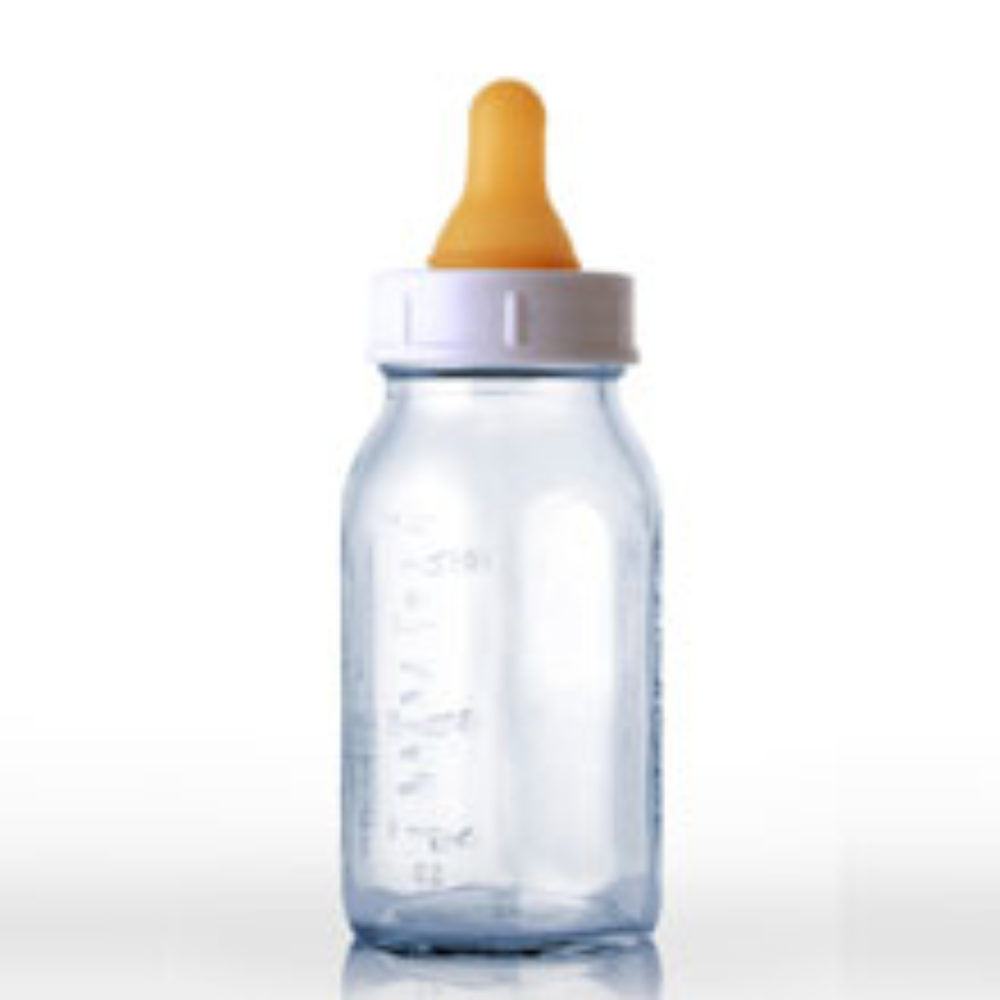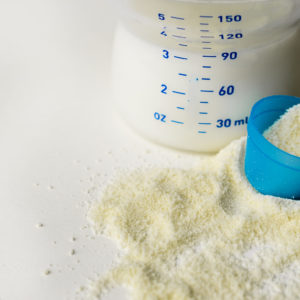FDA Updates Infant Formula Requirements to Enhance Safety

The federal health officials issued new industry guidelines this week for the manufacturing of infant formula, which are designed to protect the health of infants fed formula in the United States.
New FDA infant formula rules were released on Thursday, setting standards for manufacturers to follow concerning good manufacturing practices, quality control, notification, records and reporting requirements.
Currently, many manufacturers follow voluntary guidelines similar to those set forth by the new FDA rule. However, new rule requirements would make the guidelines mandatory for all manufacturers who make infant formula that would be used by healthy infants without any specific medical conditions or dietary needs.

Learn More About
Premature infants fed Similac or Enfamil cow's milk formula faced increased risk of necrotizing enterocolitis (NEC) or wrongful death.
Learn More About this Lawsuit SEE IF YOU QUALIFY FOR COMPENSATIONThe interim final rule designates two draft guidance rulings for the infant formula industry.
“The FDA sets high quality standards for infant formulas because nutritional deficiencies during this critical time of development can have a significant impact on a child’s long-term health and well-being,” said Michael R. Taylor, the FDA’s deputy commissioner for Foods and Veterinary Medicine. “This rule will help to prevent adulteration in infant formula and ensure infant formula supports normal, physical growth.”
The first sets guidance into place to ensure manufacturers are making formula with the federally required nutrients, including certain levels of protein, carbohydrates, vitamins, minerals and fats. It allows the FDA to enforce the requirements and track companies, ensuring compliance.
Additionally, the ruling establishes guidelines for microbial testing. The draft guidance ensures samples are tested regularly to safeguard against pathogen contamination of Cronobacter and Salmonella.
The guidelines also set in place quality control standards along with audit, record keeping and reporting practices.
More than 75 percent of all infants born in the United States are initially breastfed after birth. By three months of age, two-thirds of all infants are relying on infant formula for some portion of their nutrition. That means nearly three million infants are fed infant formula each year.
The FDA is putting these guidelines into place to ensure infants stay healthy and infant formula remains free of contaminants and pathogens. The guidelines will be open for public comment for 45 days.
Put into place sooner, these guidelines may have helped manufacturers maintain quality control and prevent contamination. Contamination which spurred the Similac recall of powdered infant formula in 2010 in the U.S., Puerto Rico, Guam and some Caribbean countries. That recall was issued after the manufacturer Abbott, discovered some batches of the formula were contaminated by small beetles. The recall caused gastrointestinal problems for many infants affected by the contaminated formula.
Want a weekly update on top lawsuits, recalls & warnings?
"*" indicates required fields






0 Comments